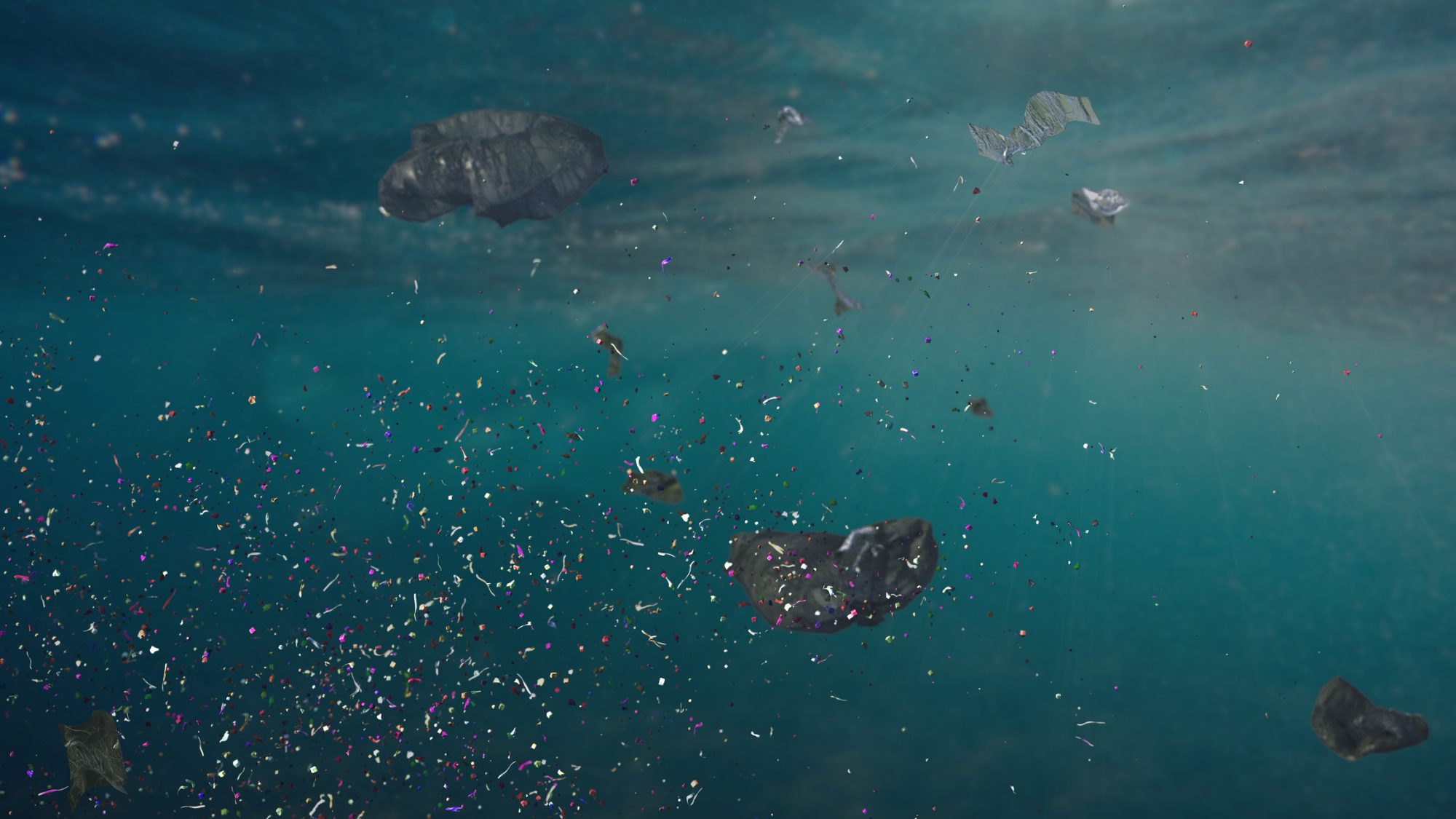Quantifying the Influx of microplastics into aquatic systems in the Bangkok Metropolitan Region (Thailand)

Microplastic (MP) pollution is a growing environmental concern, particularly in rapidly urbanizing areas. This study quantified MPs from three major urban sources dry air deposition, domestic wastewater, and industrial wastewater and applied a Source-Pathway-Receptor (SPR) framework to estimate their influx into aquatic systems in the Bangkok Metropolitan Region (BMR) under dry weather conditions.
MPs were present in all sources, dominated by small particles (10–500 µm) and fragments. Air deposition reached concentrations of 639 ± 200 particles/m²/day and 3.67 ± 1.70 mg/m²/day. Untreated domestic wastewater contained 4.61 ± 1.00 particles/L and 3.12 ± 0.85 mg/L, while treated effluent showed significantly lower levels. Industrial effluent had the lowest concentration.
Estimated total annual MP release was 4,875.81 ± 1,123.14 tons/year and 352.86 ± 109.33 trillion particles/year, with domestic wastewater contributing most by mass (62.1%) and air deposition by count (98.7%). The SPR model estimated that 1,849.28 ± 458.70 tons/year and 13.69 ± 3.59 trillion particles/year entered aquatic systems, primarily via untreated domestic discharge (90.1% by mass) and air deposition (80.2% by count).
Wastewater treatment plants reduced MP discharge effectively but retained significant amounts in sludge 1,271.33 ± 889.97 tons/year and 1.83 ± 0.90 trillion particles/year. Most sludge-retained MPs originated from domestic sources.
These findings underscore the need to expand wastewater treatment coverage and improve sludge management to reduce MP emissions into the environment.

